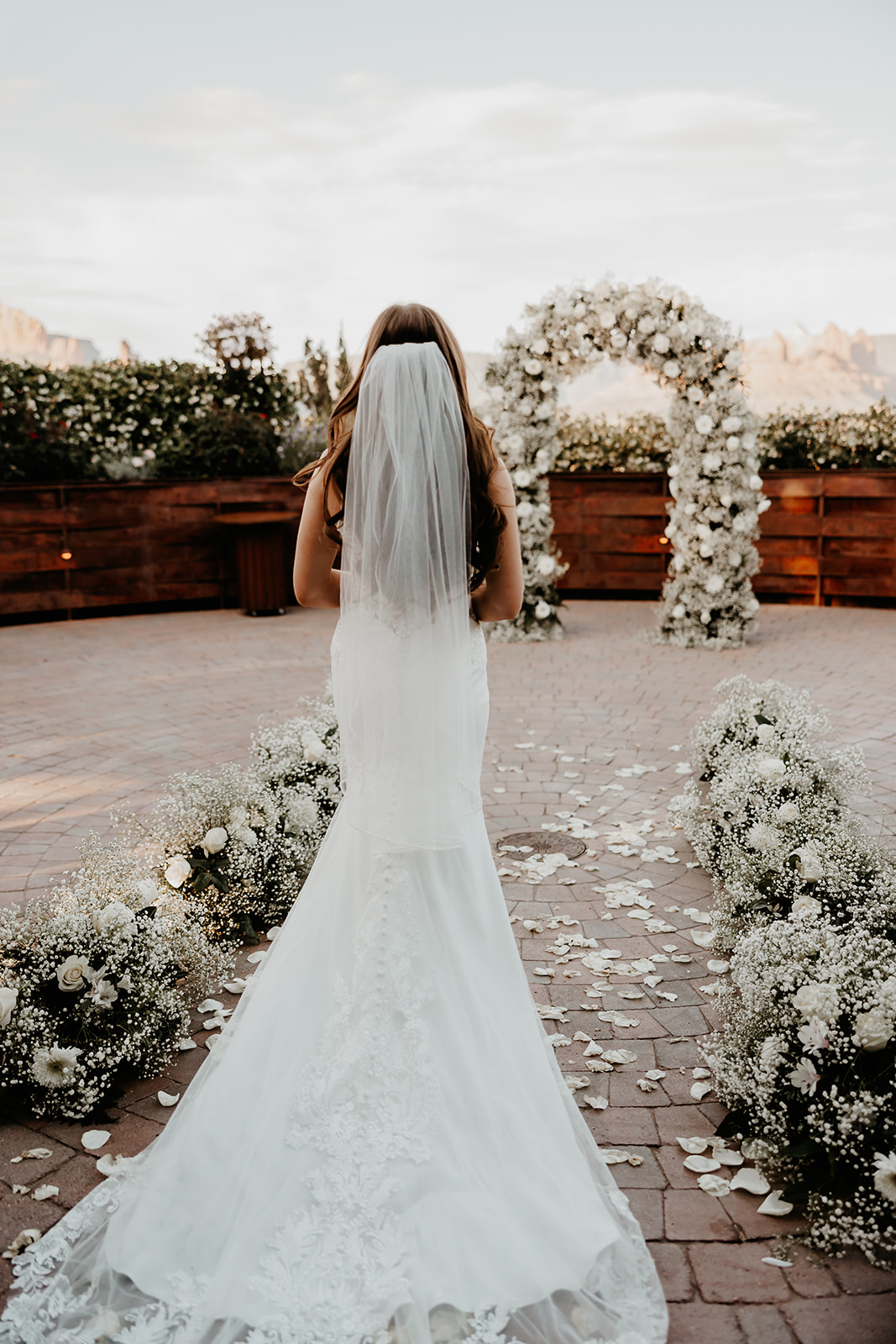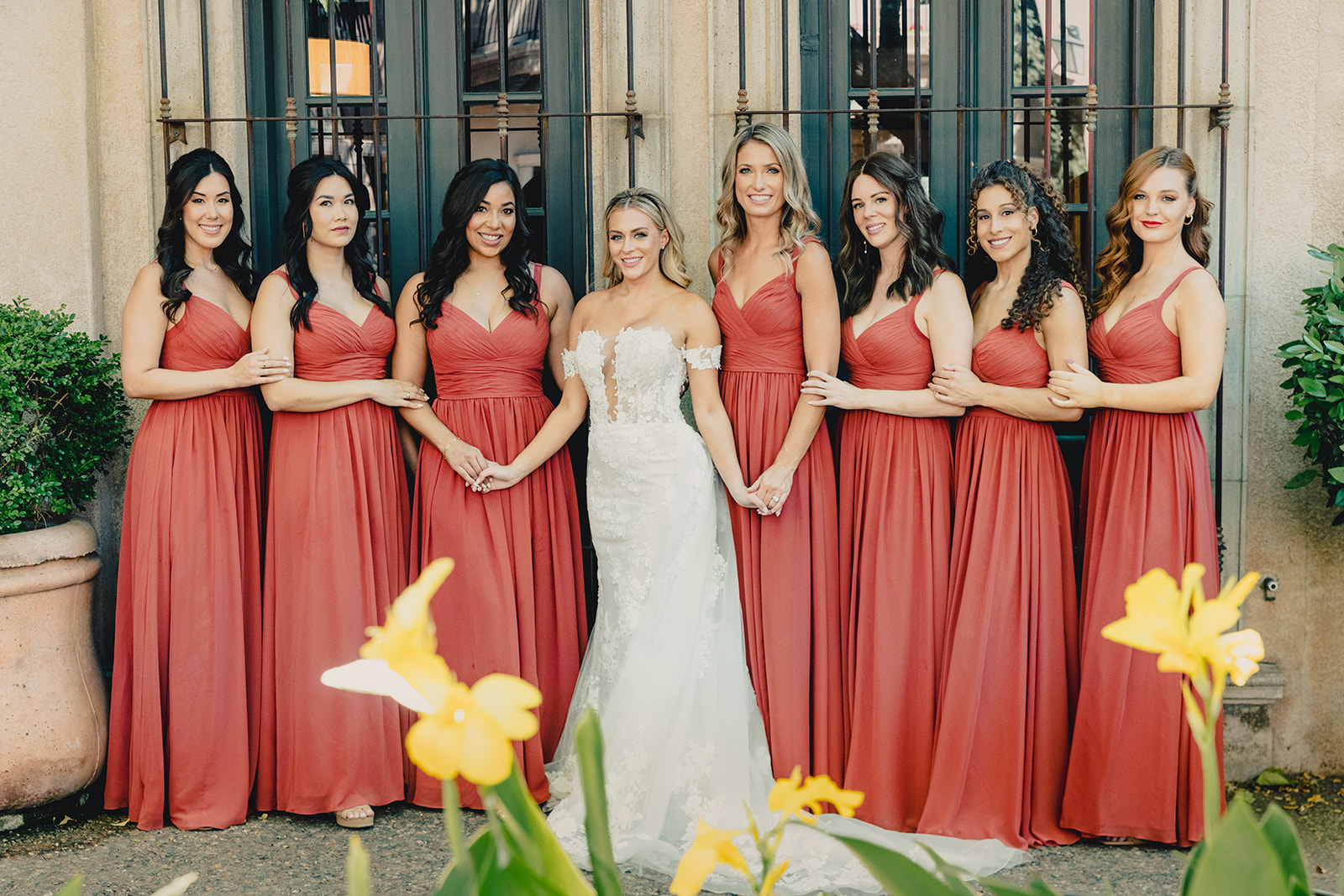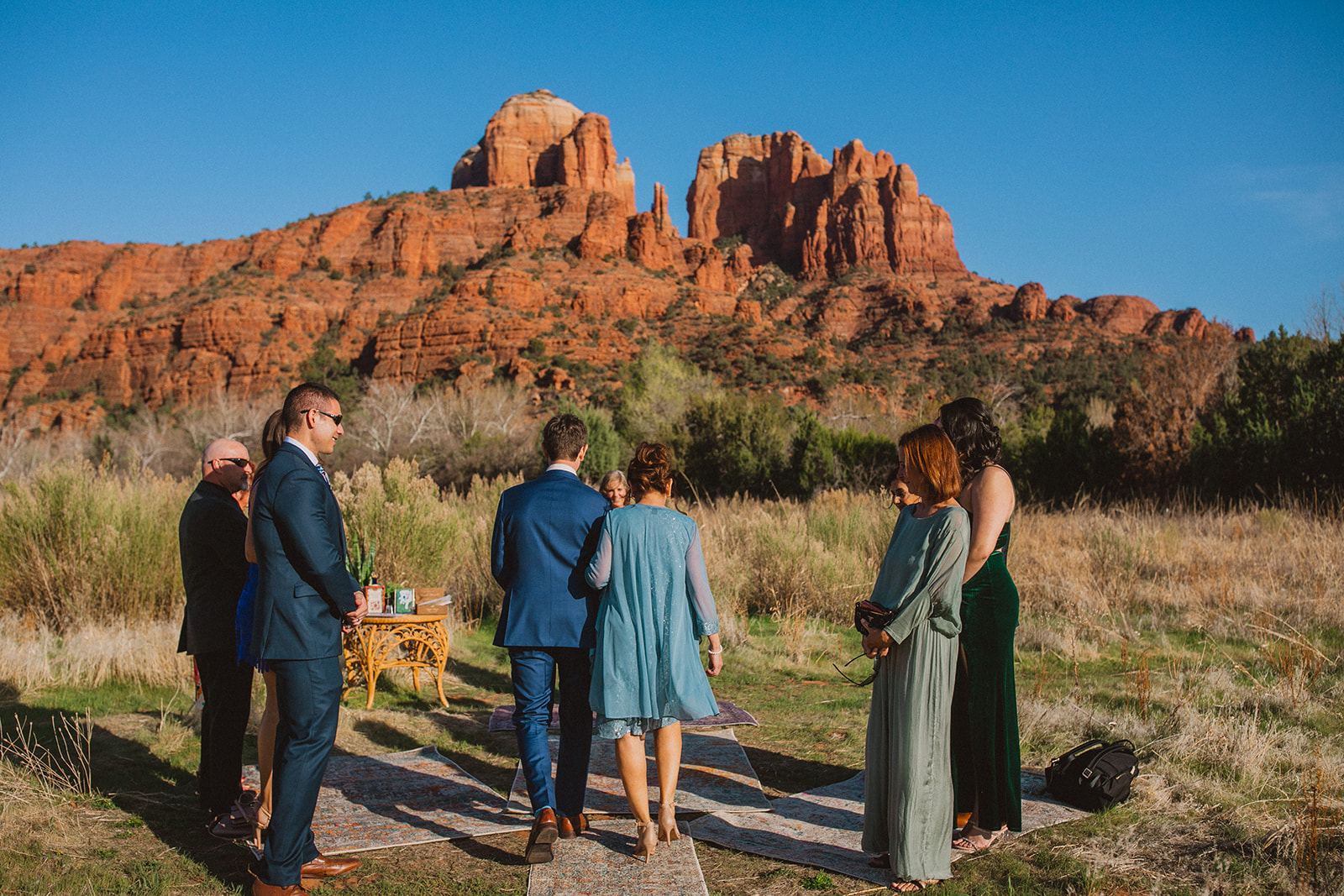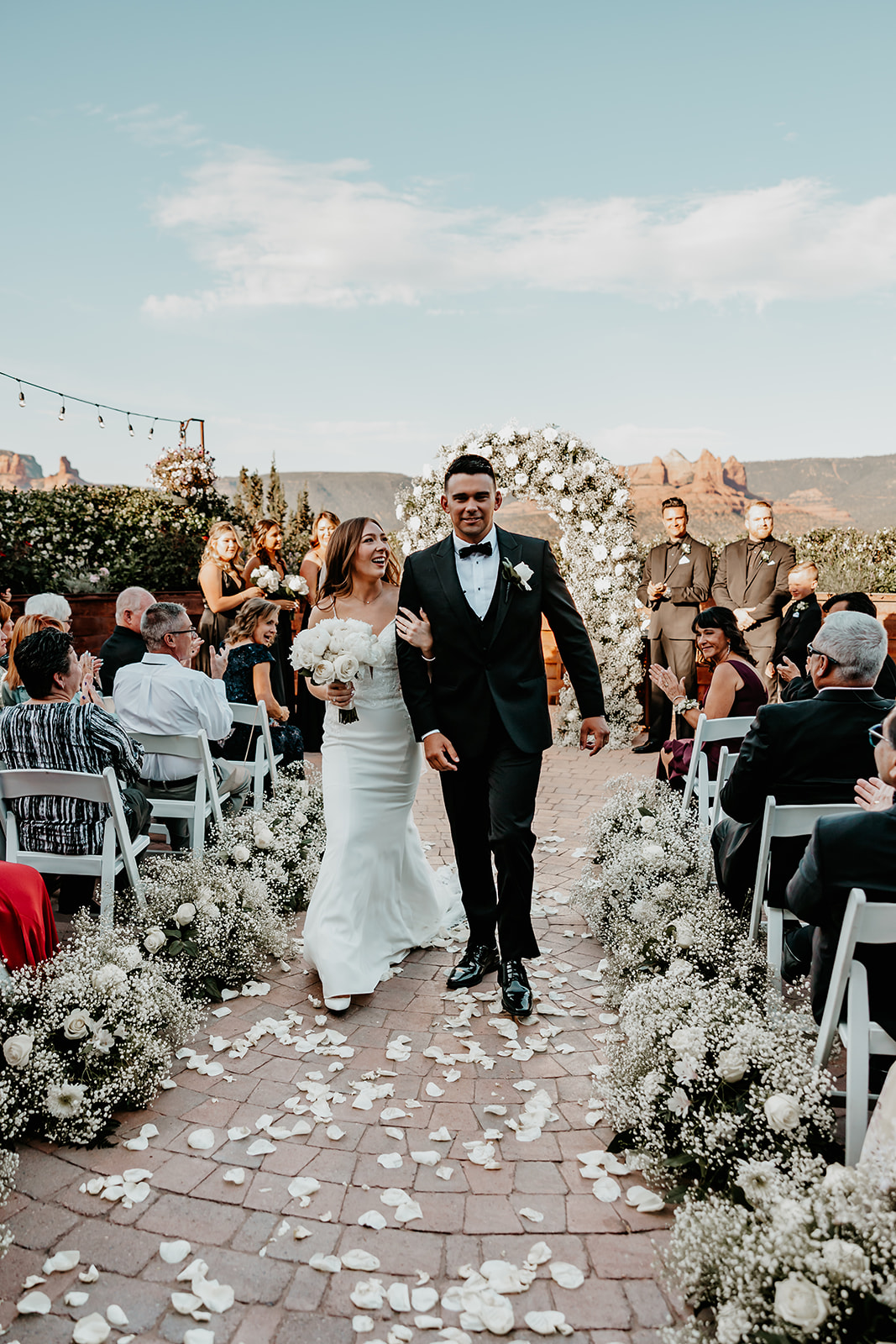Traditionally, the groom (or the groom’s family) is responsible for specific wedding costs. These traditional roles can vary significantly based on cultural practices, individual preferences, and financial situations. In many modern weddings, costs are often shared more equally between the couple and their families, or the couple may pay for everything themselves.
Typically, the groom or his family might be expected to pay for:
- The Engagement Ring and Wedding Bands: The groom traditionally pays for the engagement ring and his and the bride’s wedding bands.
- The Marriage License: This is the legal document that authorizes the marriage.
- The Officiant’s Fee or Donation: If there’s a cost associated with the person performing the ceremony, it’s traditionally the groom’s responsibility.
- The Bride’s Bouquet and Going-Away Corsage: The groom often pays for these, along with the corsages for the mothers and grandmothers and boutonnieres for himself and the male members of the wedding party.
- The Honeymoon: Traditionally, the groom or his family would cover the cost of the honeymoon. However, many couples now plan and pay for their honeymoon together.
- Gifts for the Groom’s Attendants: It’s customary for the groom to purchase small gifts of appreciation for his groomsmen.
- Rehearsal Dinner: Traditionally, the groom’s family hosts and pays for the rehearsal dinner.
- Ties and Gloves for the Groomsmen: If these items aren’t included with the suit rental or purchase, the groom or his family may pay for them.
Remember, these are just traditional expectations, and many couples choose to divide their wedding costs in a way that better suits their circumstances and preferences. The most important thing is to have clear communication and mutual agreement.






+ show Comments
- Hide Comments
add a comment